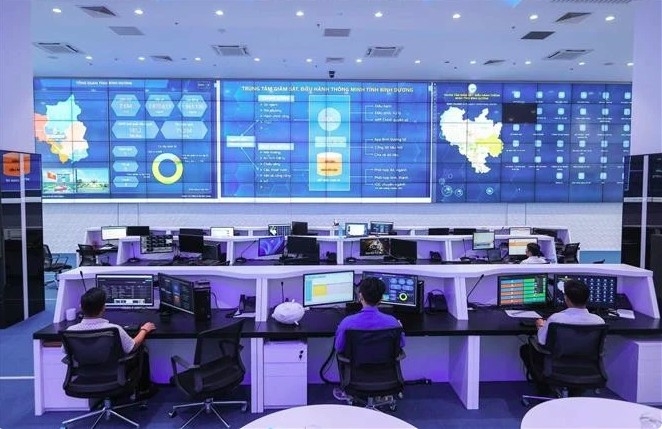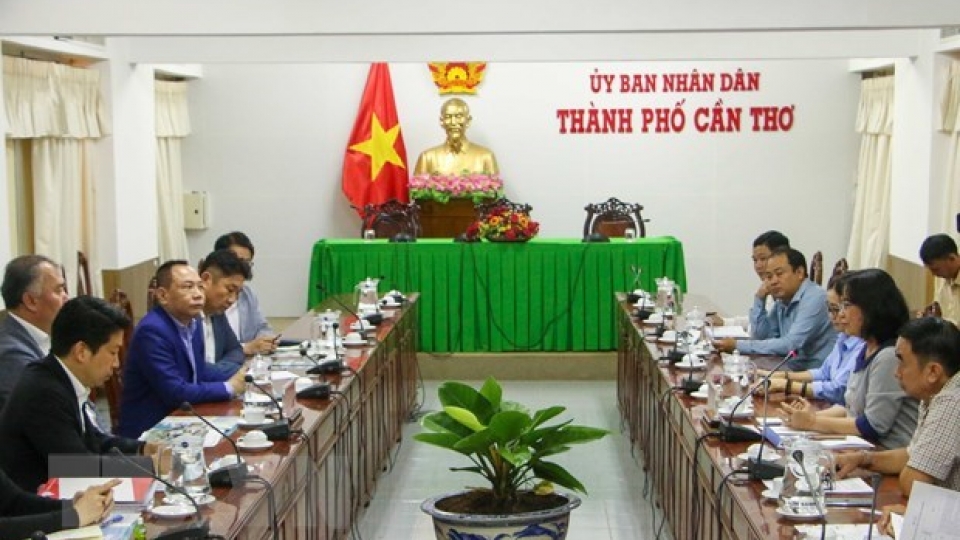Smart urban areas: A milestone in Vietnam–Germany cooperation
A workshop on smart urban areas was jointly organised in Hanoi on May 6 by the National Innovation Centre (NIC), the Federal Ministry for the Environment, Nature Conservation, Nuclear Safety and Consumer Protection (BMUV) of Germany, and TU Dortmund University.

Speaking at the event, NIC Director Vu Quoc Huy noted that the “Smart Urban Areas – Solutions for Sustainable Urban Development” (SUA) project marks a significant milestone in three years of successful cooperation between the governments, businesses, and leading universities of Vietnam and Germany. With funds of nearly 2 million EUR from BMUV, the SUA project stands as a flagship example of scientific research being effectively translated into practical applications, helping address urgent challenges posed by rapid urbanisation, climate change, and the shift towards a carbon-neutral economy.
After three years of implementation, the SUA project has achieved pioneering breakthroughs. For the first time, a “Digital Twin” model has been applied to optimise building management. The Digital Twin is a 3D replica of a real-world structure that provides detailed data on construction materials, high-efficiency water pumping systems, the interaction between building envelopes and the surrounding microclimate, and the environmental impact of green architectural features.
Launched in 2022, the SUA project aims to develop innovative models for cities and urban areas in the digital era. Its dual goals are to tackle the challenges of rapid urbanisation, global economic development, and prolonged climate change while simultaneously enhancing urban quality of life in the future.
The project's core objective is to monitor and test climate adaptation and energy-saving measures in Vietnam based on scientific evidence, through the integration of smart technologies, sensor-based measurements, and the use of Digital Twin models for buildings. During its initial three-year pilot phase, the project focused on developing scalable models applicable across different localities, with a long-term vision of creating sustainable and smart residential areas.



